Windows 101
Windows are hugely important – in terms of both fashion and function. Because of this, windows are something buyers always pay attention to. If you want to increase (or even just maintain) the value of your home you’ll want to check out these window tips.
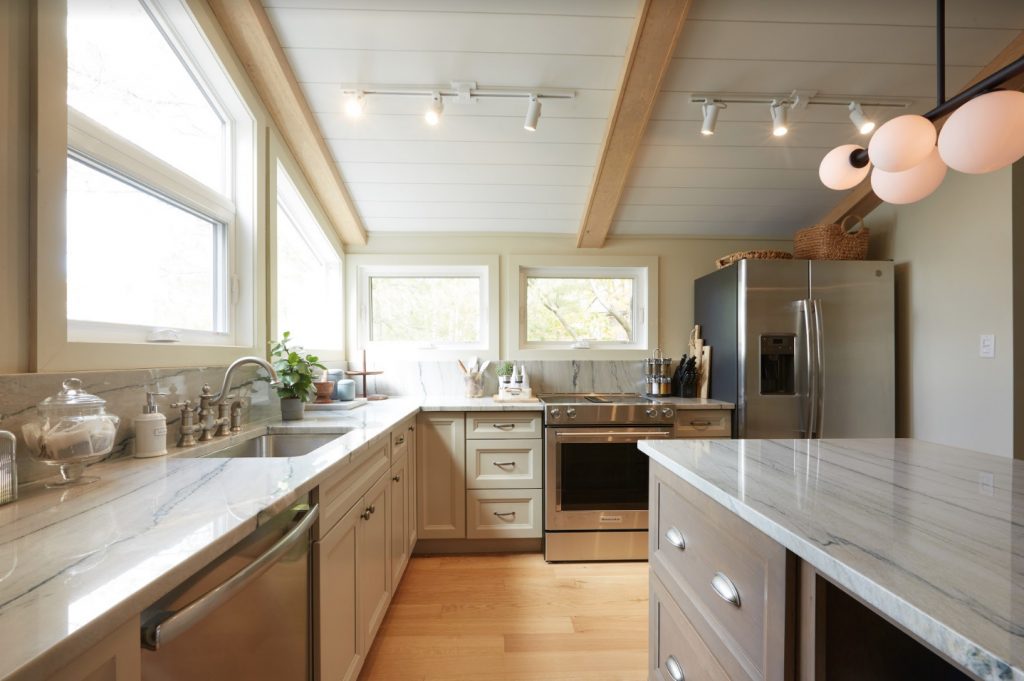
Window Facts
- On average, windows make up approximately 15% of a home’s wall space.
- Typical windows last up to 20 years, but warranties can vary from 15-25 years. Keep in mind that warranties will vary depending on the type of window.
- New windows can add value to a property –usually, 100% ROI or more provided that they’re good quality and properly installed.
- The only type of older windows that retain value are stained- or leaded-glass ones. But even these become less popular the farther north you go.
- Signs of windows that need to be replaced (or at the very least fixed) include drafts coming through; panes that collect condensation or frost; or those that have trouble opening.
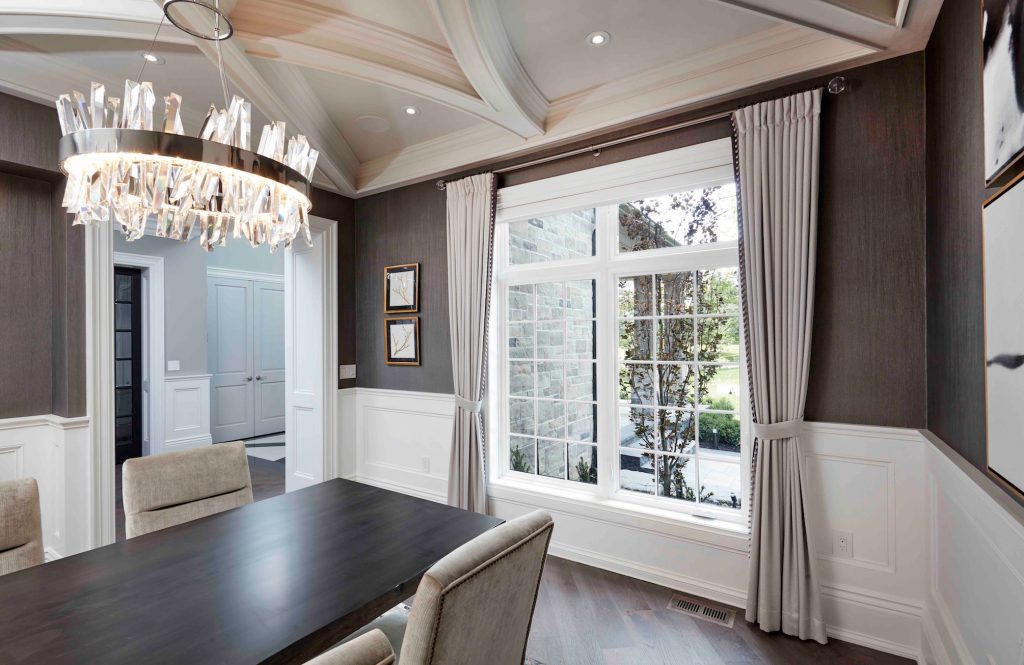
Window Styles
Different styles serve different purposes. Consider your light and ventilation needs as well as the overall style of the house.
- Casement windows are hinged on either the left or right and allow the glass panes to swing out like doors, providing some of the best ventilation for their size.
- Awning windows are versions of casement windows that swing out like a tent, preventing rain from hitting the screen or entering the house.
- Single hung windows consist of two sashes, the top one stationary and the bottom one a vertical slider.
- Double hung windows feature two sashes (movable panels) that slide vertically.
- Horizontal sliding windows can open left or right, allowing for ventilation without taking up any extra room. They can also often tilt out for easy cleaning.
- Fixed lite windows do not open and are used only for increasing light.
- Skylight windows are installed in the ceiling and can be either fixed or not.
Window Materials
3 of the most popular types are vinyl, aluminum, and wood.
- Vinyl is the most popular due to its affordable price point and low maintenance requirements. Vinyl is also durable and provides good moisture resistance.
- Aluminum is a strong, affordable, and low-maintenance option, but it’s a big conductor of heat and cold.
- Wood is an expensive but very good-looking option. Wood insulates relatively well, but it also expands and contracts in response to weather conditions.
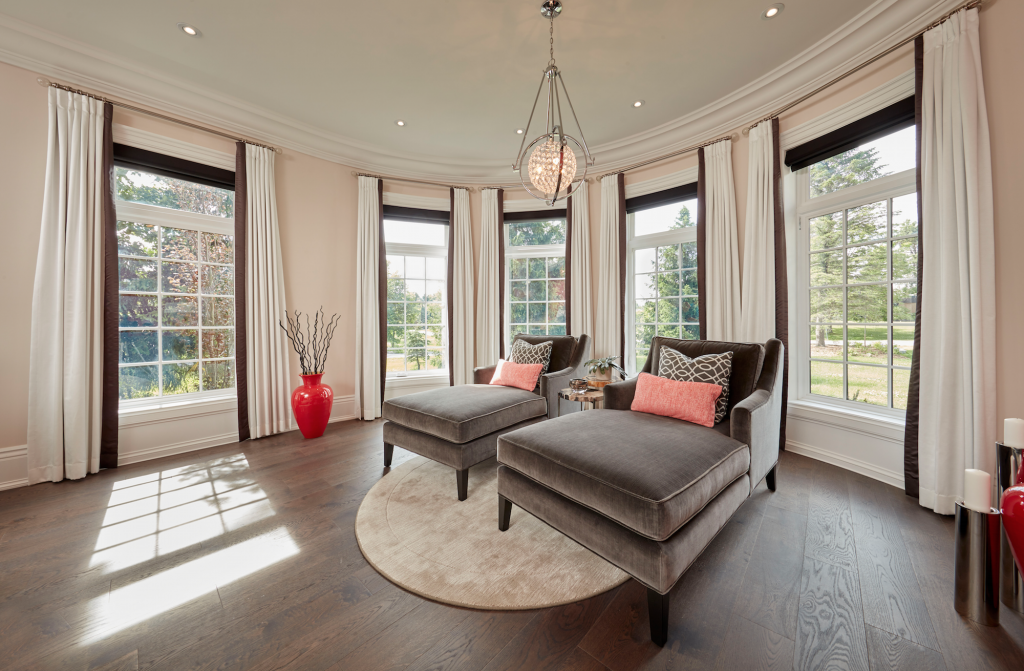
Energy Efficiency
- According to the US department of energy, leaky and inefficient windows and skylights account for 30 percent of a typical household’s energy bills.
- New energy-rated windows are filled with argon gas and the panes are treated with a coating to protect against ultraviolet rays. These windows provide insulation and help lower your energy bills.
- A window’s R-value measures its resistance to heat flow. The higher the R-value, the more efficient the window.
- A window’s U-factor measures how well it prevents heat from escaping a home or building. The lower the number, the more efficient the window.
- If new windows are not an option due to budget issues, adding storm windows, caulking and weatherstripping, and/or window coverings can help.
#ScottTip – if you want more light in your home without going through the hassle and expense of expanding window openings, put window lites in your exterior doors. It is by far the most cost-effective way to increase light and make your space feel brighter.
For more information about windows, including installation, check out chapter 7 of my book How to Add Value to Your Home.
For more information about purchasing new windows for your home, please visit Pollard Windows & Doors.
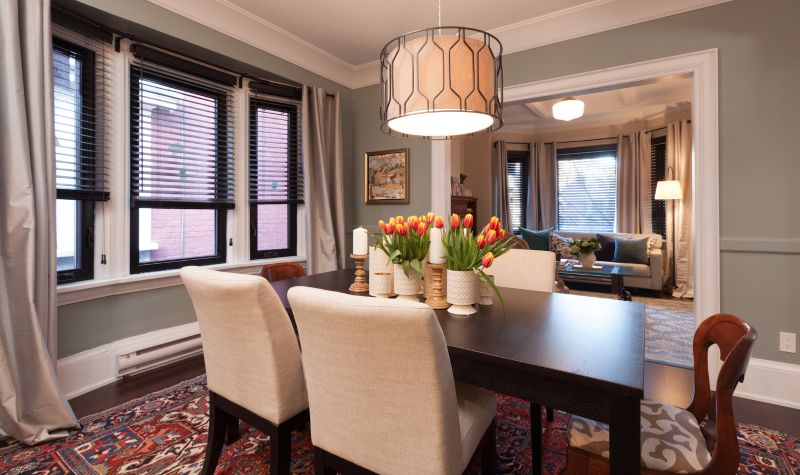
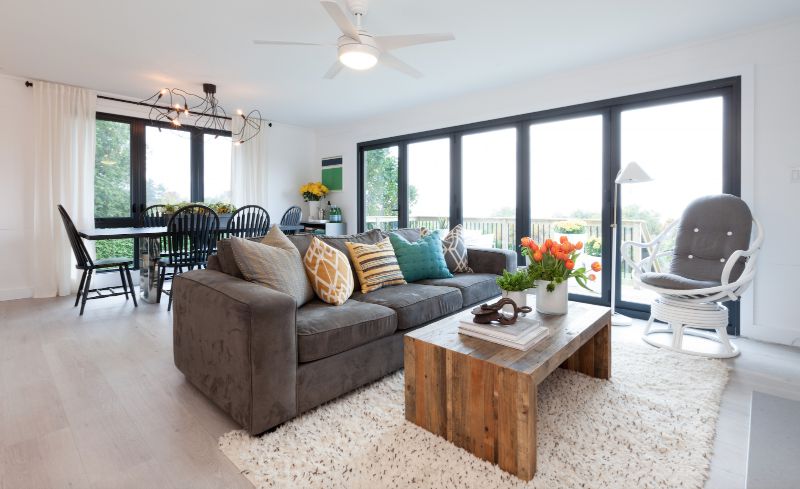
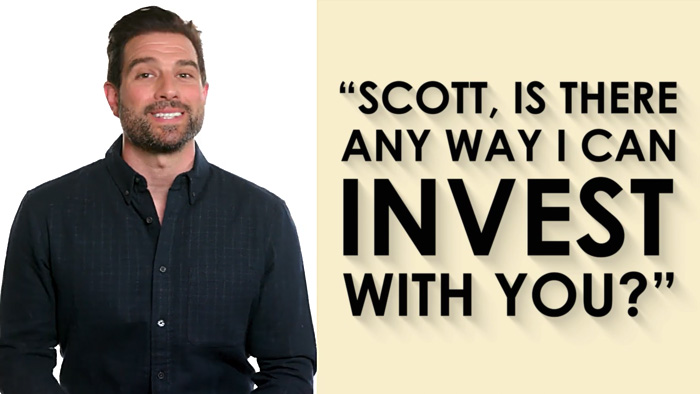
Comments